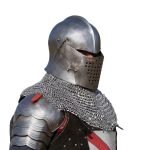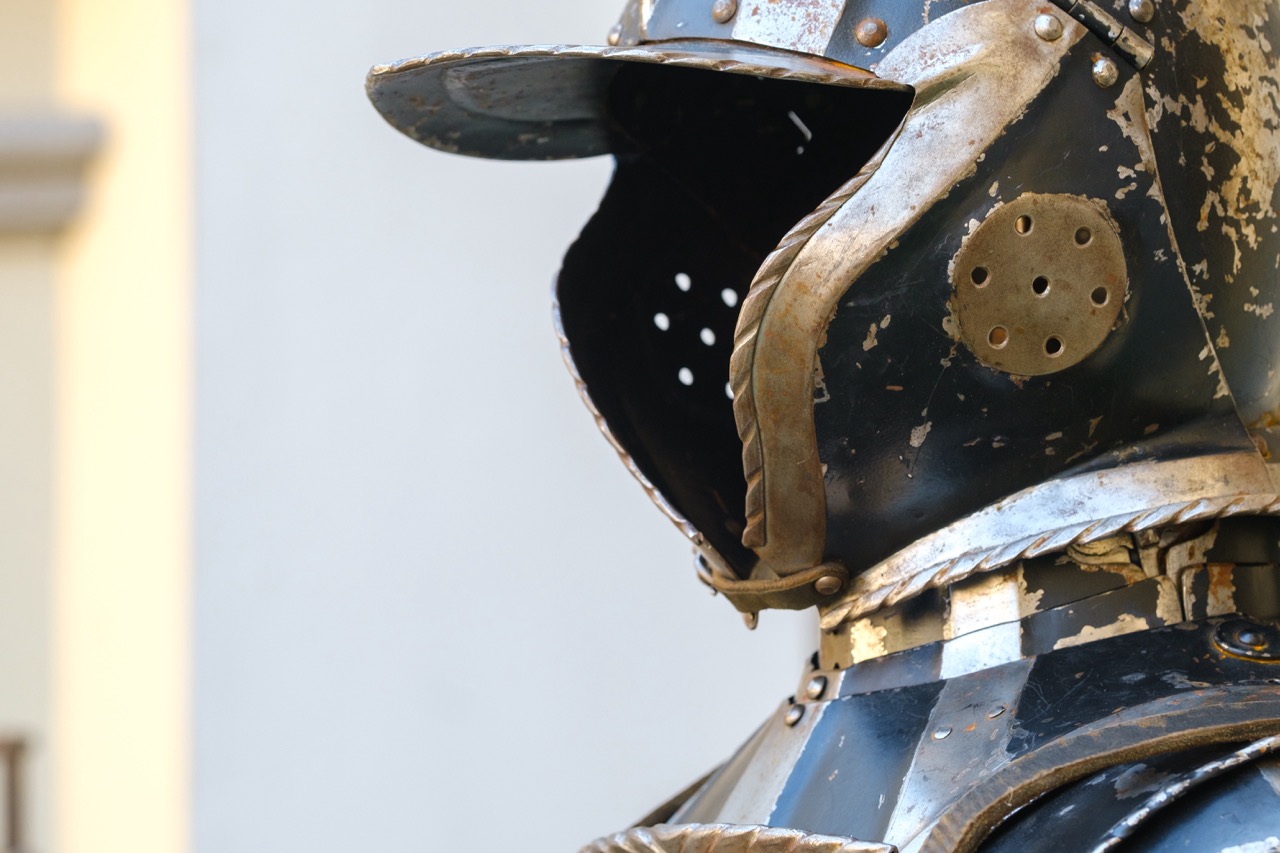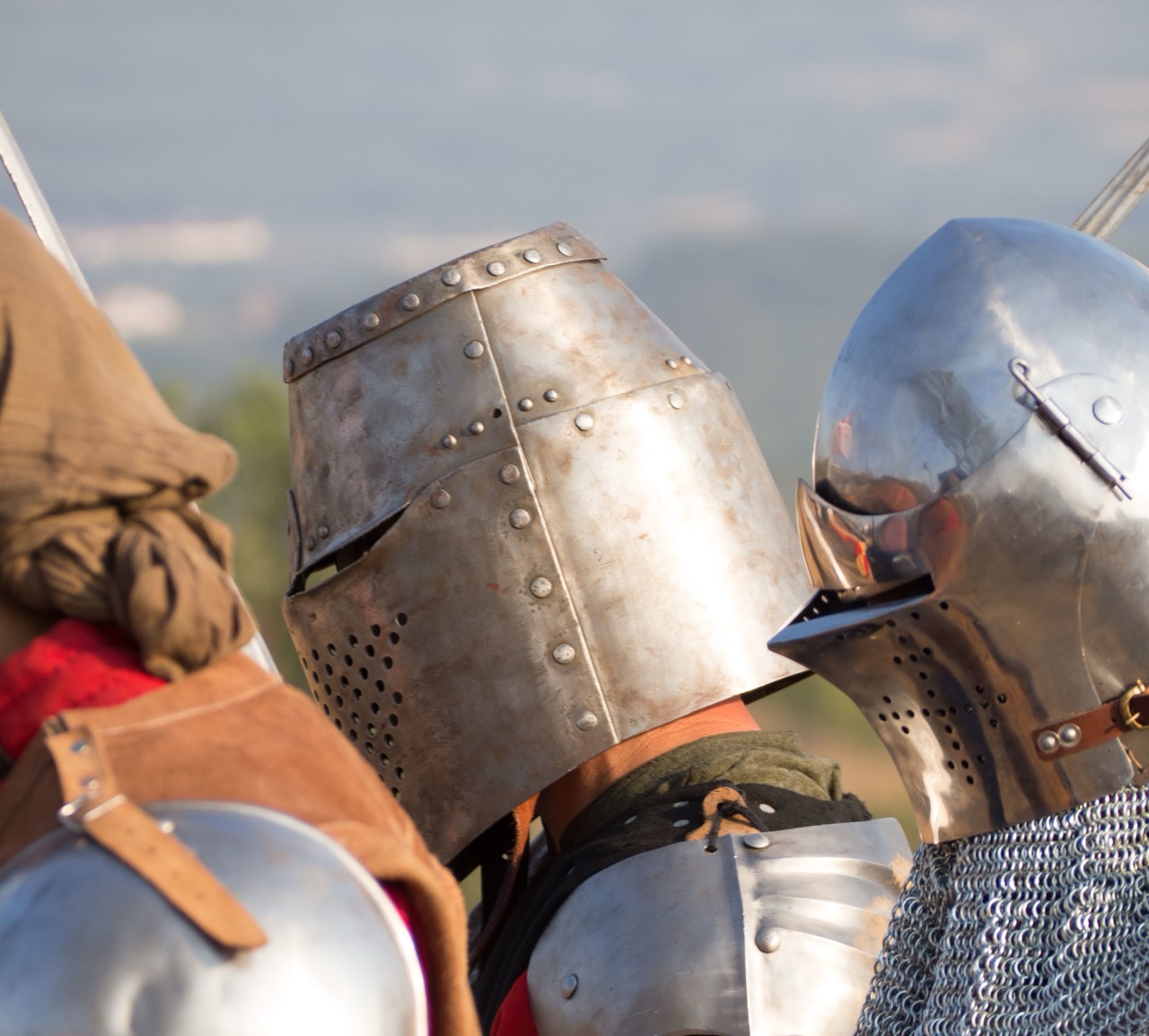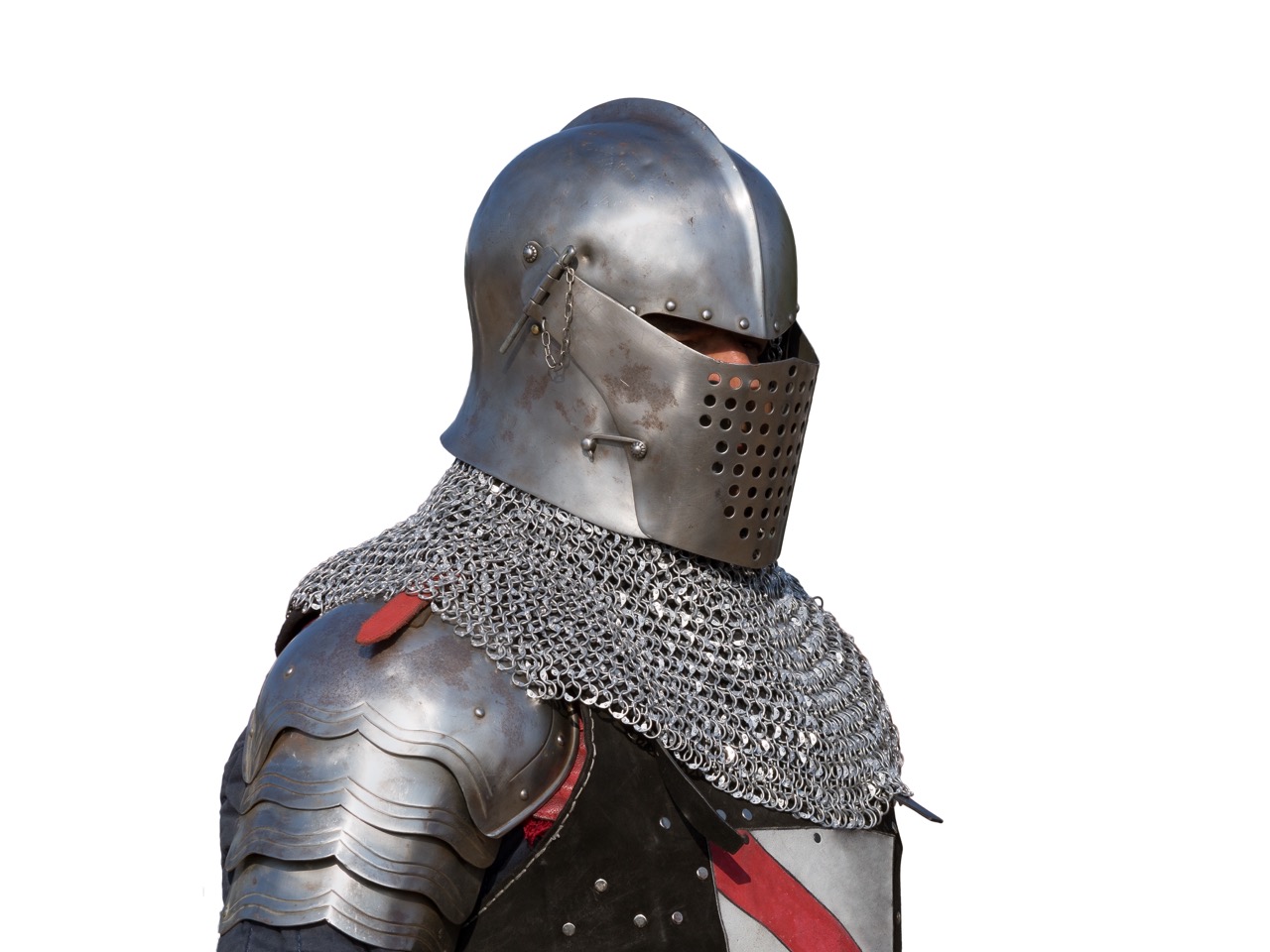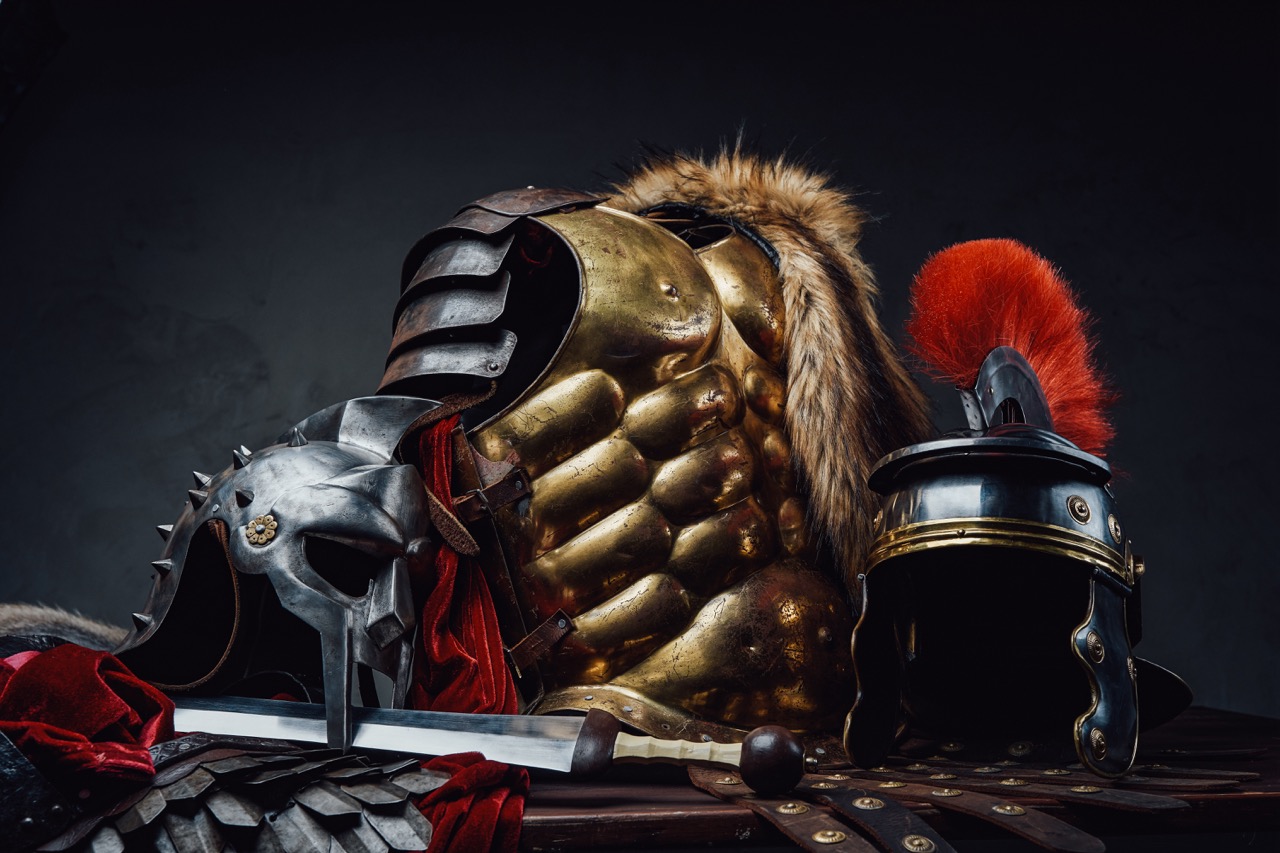Breastplates have long served as vital components of protective gear throughout history, designed to safeguard one of the body’s most crucial areas—the chest. From ancient warriors clad in metal armor to modern military personnel donning advanced tactical gear, the evolution of breastplates reflects the ongoing need for protection against life-threatening threats on the battlefield. This article explores the historical significance of breastplates, their role in protecting vital organs, the advancements in materials that enhance safety today, and the real-life stories of individuals whose lives have been saved by these protective devices.
The History and Evolution of Breastplates in Warfare
Breastplates have a storied history that traces back to ancient civilizations. The earliest known breastplates were made of leather or bronze and adorned the warriors of Mesopotamia and Egypt, offering them a degree of protection during combat. As warfare evolved, so did the design and material of these protective devices. By the Middle Ages, breastplates crafted from iron or steel became common among knights, who wore them as part of an elaborate suit of armor, showcasing both functionality and status. The design of breastplates during this era was not only meant to protect the wearer but also to intimidate opponents.
The Renaissance period marked a significant transformation in breastplate design, as craftsmen began to prioritize not just protection but also mobility and comfort. The introduction of articulated breastplates allowed for greater flexibility while maintaining robust defense against weaponry. This innovation was crucial in the face of evolving military tactics and the advent of gunpowder, which rendered traditional armor less effective against firearms. Consequently, breastplates were redesigned to be lighter and more aerodynamic, ensuring that soldiers could maneuver effectively in battle without sacrificing safety.
With the dawn of the 20th century and the rise of modern warfare, breastplates saw further innovation. The introduction of ballistic vests and armored systems began to replace traditional metal plates, reflecting advancements in technology and materials science. Modern breastplates are often made from composite materials, including Kevlar and ceramics, which provide high levels of protection while remaining lightweight. This evolution continues to adapt in response to the changing nature of combat, emphasizing the importance of agility and survivability in modern warfare.
Understanding the Anatomy: Vital Organs Under Threat
The chest cavity houses some of the body’s most vital organs, including the heart and lungs. These organs are crucial for sustaining life, making them prime targets in combat scenarios. A penetrating injury to the chest can lead to catastrophic outcomes, such as pneumothorax or cardiac tamponade, conditions that can be fatal if not treated immediately. Understanding the anatomical vulnerabilities in the chest is essential for designing effective protective gear. The ribcage provides a natural barrier, but its limitations underscore the need for additional protection in warfare.
In combat situations, the risks to the chest area are manifold, from gunshot wounds to shrapnel injuries. The prevalence of such injuries in historical and modern warfare illustrates the necessity for armor that can absorb and deflect these threats. Studies of battlefield injuries have shown that soldiers equipped with adequate chest protection are more likely to survive traumatic encounters, highlighting the importance of breastplates in safeguarding against serious injuries.
Furthermore, the psychological impact of wearing protective gear cannot be overlooked. Knowing that their vitals are shielded allows soldiers to focus on their mission rather than the fear of life-threatening injury. As a result, the role of breastplates extends beyond mere physical defense; it also serves to bolster the morale and confidence of those who wear them.
How Modern Materials Enhance Chest Protection Today
Advancements in materials science have revolutionized the design and effectiveness of breastplates in modern combat. Traditionally, armor was made from heavy metals that, while effective against blades and projectiles, limited mobility. Today’s breastplates utilize high-tech materials like Kevlar, Dyneema, and advanced ceramics that provide superior protection without the bulk of earlier armor. These materials are engineered to disperse the energy from impacts, reducing the chances of injury to the wearer.
Additionally, modern breastplates are often layered, incorporating various materials to provide multi-threat protection. For example, ceramic plates can be combined with soft armor layers to defend against both ballistic and stab threats. This layered approach ensures that soldiers are protected from a range of potential dangers, making them far more versatile in the field. The integration of these modern materials not only enhances protection but also improves comfort, which is crucial for maintaining endurance during long missions.
Moreover, the continuous research and development in the field of protective gear mean that breastplates are becoming increasingly customizable. Advances in 3D printing technology allow for tailored fits that accommodate individual body types and movement patterns. This personalization is vital for maximizing the effectiveness of chest protection and ensuring that soldiers can operate at their best. The evolution of breastplate design reflects an ongoing commitment to safety and performance in the face of evolving combat scenarios.
Real-Life Impacts: Stories of Survival and Resilience
The impact of breastplates on the lives of soldiers can be profound, with countless stories of survival emerging from the battlefield. One such story is that of a U.S. Marine who was struck in the chest by a bullet during a firefight in Afghanistan. Thanks to his advanced ballistic vest, which featured a ceramic plate, he sustained only minor injuries. The chest protection not only saved his life but allowed him to return to duty after a short recovery, a testament to the effectiveness of modern armor in life-threatening situations.
Another poignant story highlights a police officer who was shot while responding to a domestic disturbance. Wearing a standard issue tactical vest equipped with a rifle plate, the officer was able to walk away from the incident with only a bruise, having absorbed the impact of a high-caliber round. This experience underscores the critical role of breastplates in law enforcement, where officers face increasingly dangerous situations on a daily basis. The officer’s resilience, coupled with the protection provided by modern armor, exemplifies how such equipment can change the outcomes of potentially fatal encounters.
These personal accounts of survival serve as powerful reminders of the importance of chest protection. They not only highlight the life-saving capabilities of breastplates but also inspire ongoing developments in protective gear design. As technology progresses and the understanding of battlefield dynamics evolves, the stories of those who have survived thanks to effective chest protection will undoubtedly continue to grow, reinforcing the significance of breastplates in modern warfare and law enforcement.
The ubiquitous presence of breastplates in both historical and modern contexts demonstrates their crucial role in protecting vital organs from life-threatening injuries. From the early metal armor of ancient warriors to today’s advanced composites, the evolution of breastplates has been driven by a relentless pursuit of innovation and effectiveness. As we continue to hear stories of survival and resilience, it becomes clear that the importance of these protective devices extends beyond the battlefield, influencing the lives of soldiers and law enforcement officers alike. The ongoing advancements in materials and design will undoubtedly shape the future of chest protection, ensuring that those who protect us are equipped with the best possible defense against the threats they face.


